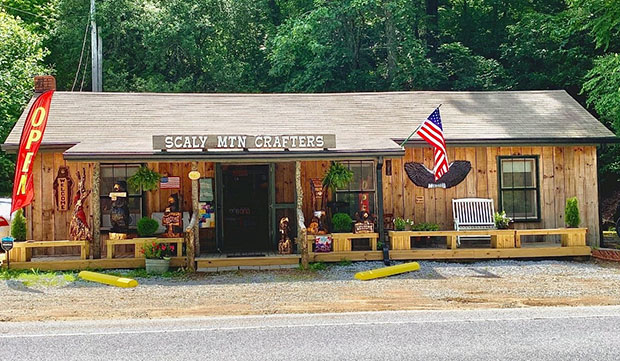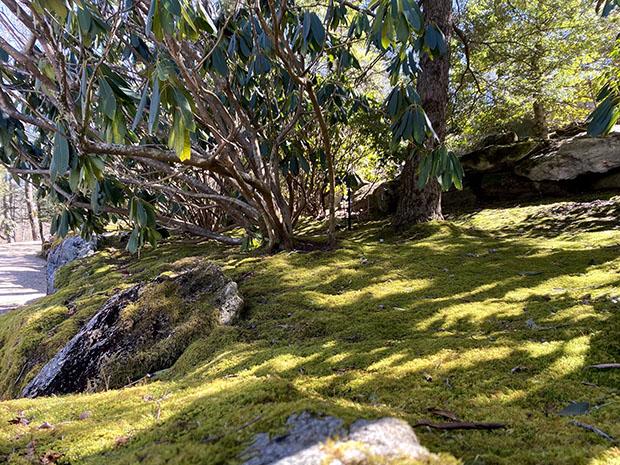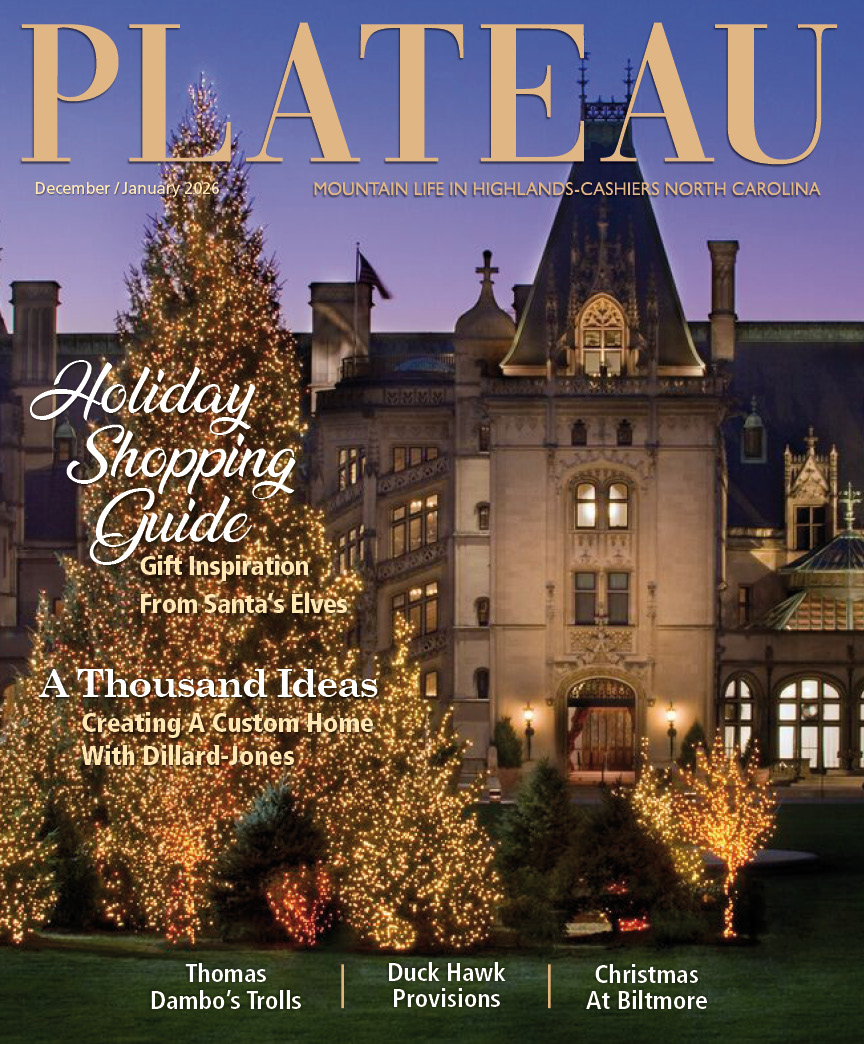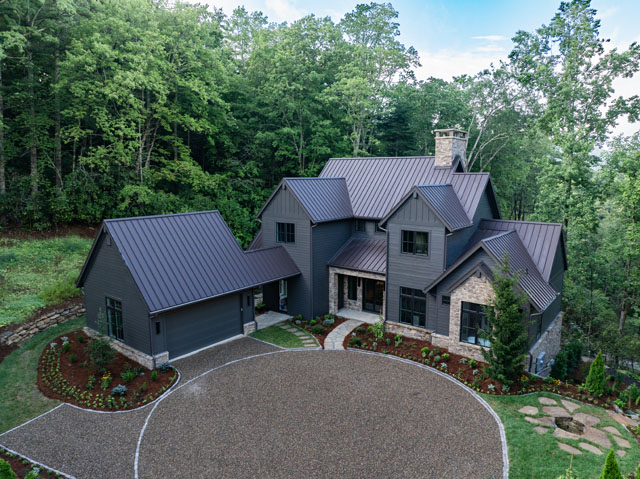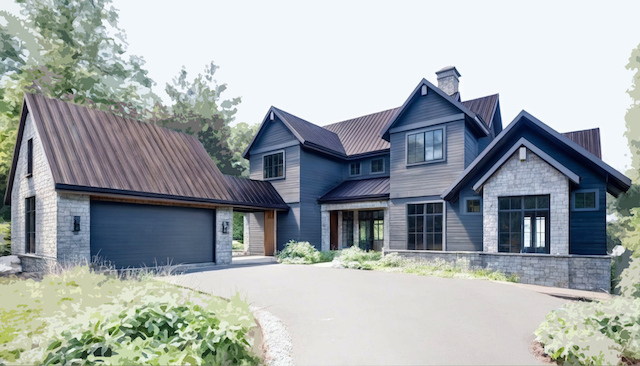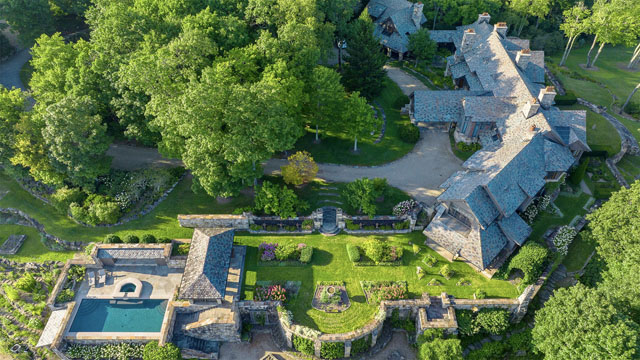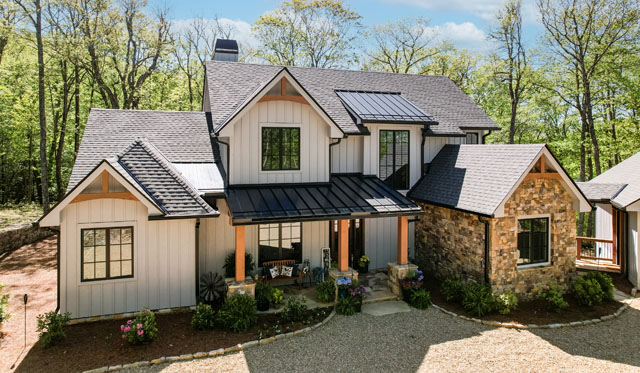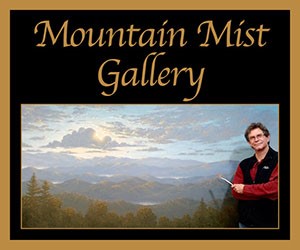In Bloom
07 Jun 2022
Go wild with summer perennials
By Kristin E. Landfield
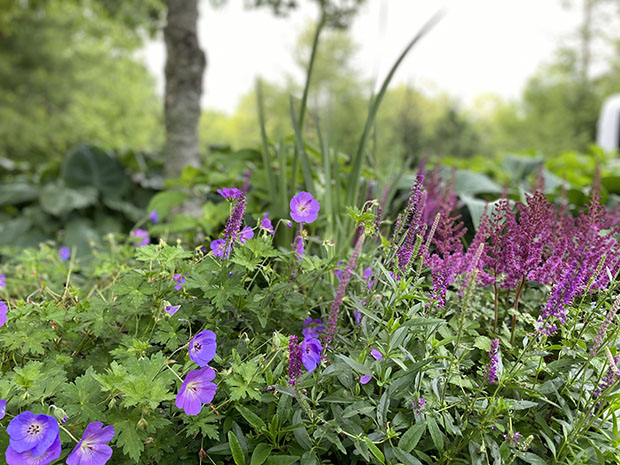
For me, the delight of the Appalachian spring is the parade of it—how it unfolds at a pace and succession I can notice and enjoy, as though each dogwood is in a procession making way for the pageantry of summer.
Now, the imperial green of summer has arrived, painting the hillsides and splashing its canvas with Queen Anne’s lace, pearly everlasting, and summer Phlox. An insistent greenness fills these woods, indicating a sense of abundance. There is enough: enough water, enough sun, enough nutrients for the magic of photosynthesis to yield such rich vegetation. At every turn, spring’s bourgeoning has bowed to summer’s ripening. In the words of renowned garden designer Gertrude Jekyll, “June, the time of perfect young summer, the fulfillment of the promise of the earlier months, and with as yet no sign to remind one that its fresh young beauty will ever fade.”
With green as the stage, summer flowers are on full display. The roadside ditches, winding below seeping rock outcrops, are brimming with our native wildflowers. Penstemon and Bower’s root, Spigelia marilandica and Indian paint, Helianthus and Coreopsis, evening Primrose, Clematis crispa…and on and on. These colorful blooms are calling out to pollinating Lepidoptera and hummingbirds—their beauty belies their essential agency in the ecosystem. In our home gardens and public spaces, huge hostas, voluptuous hydrangeas, and robust daisies all celebrate the long days in the calendar. For me, along with many gardeners, the resonance of a garden is the way it reflects passage of time. Perhaps better than anything I’ve known, this connection with plants and nature helps me notice and process the passing of days, weeks, seasons, years.
Here on the plateau, our climate provides an ideal milieu for perennial gardening. As much as I love a potted begonia or a cheerful geranium, there is nothing like a vibrant perennial border that awakens each spring after its annual dormancy.
Here, our climate better replicates the English summer than anywhere else in the southeast, allowing for lively perennials to bloom all season. It’s also the perfect setting to integrate native species into an exuberant planting design. There is more biodiversity in this rainforest than almost anywhere else in the temperate world, and the variety of our native wildflowers reflects that range. Orange Asclepias tuberosa, pink Asclepias syriaca, purple Asclepias purpurescens are all in the milkweed family and host Monarch and other butterflies. These pair beautifully with Phlox, Coneflower, Salvia, Rudbeckia, Iris or Veronicastrum.
For shadier areas, Tiarella species, Aruncus dioicus (goatsbeard), great blue Lobelia siphilitica, woods asters, bergamot and gentians are among native summer wildflowers, as is the large, lush leaf and subtle flower of Heuchera americana (native coral bells). The tall umbels of Appalachian Angelica make a striking addition in a subtle shade planting. Polemonium (Jacob’s ladder), mist flower, Columbine and turtlehead can also sustain some shade, providing color and variation among rich patches of hayscented fern and greener vegetation.
Some notes when working with flowering perennials:
- Within this lush region are numerous microclimates. A protected sunny spot in downtown Cashiers can support very different plants than northern exposure on top of Whiteside Mountain, so pay attention to the specific areas within your garden.
- Many perennials prefer a neutral soil. If an area has a lot of moss, visible minerals, or is under a Rhododendron thicket, the soil is likely to have a low pH (highly acidic) and may benefit from some garden lime to sweeten the earth.
- Use leaf litter for the perfect top-dressing; this can be mulched to provide the best possible fertilizer.
Although I’m not a strict purist when it comes to native plants—many non-invasive introductions can provide both aesthetic and functional solutions in the garden—there are myriad reasons to plant more natives, not the least of which is to celebrate this magnificent region so replete with endemic flowering perennials.
Most importantly, planting flowering perennials allows one to play, to create, to be an impressionist and an experimentalist within one’s own patch of dirt. There is a right plant for every place, and we’re incredibly fortunate that so many plants thrive in this abundant place.

